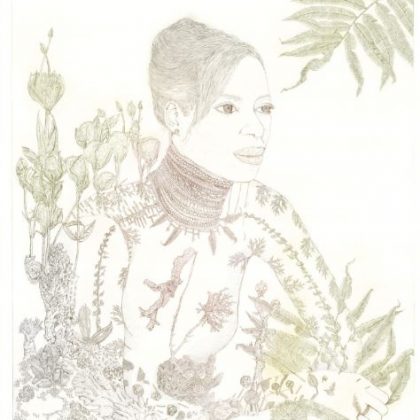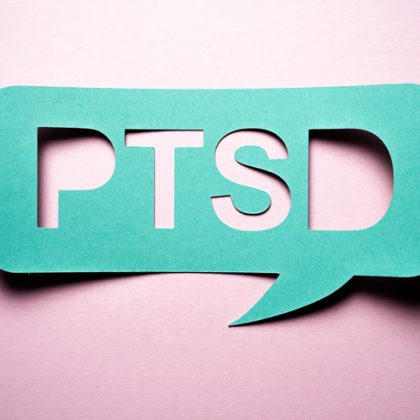‘I’m unlikeable, boring, weird, foolish, inferior, inadequate’: How To Address The Persistent Negative Self-evaluations That Are Central To Social Anxiety Disorder With Cognitive Therapy
The December BABCP Article of the Month is from the Cognitive Behaviour Therapist (tCBT) and is entitled “‘I’m unlikeable, boring, weird, foolish, inferior, inadequate’: how to address the persistent negative self-evaluations that are central to social anxiety disorder with cognitive therapy” by Emma Warnock-Parkes, Jennifer Wild, Graham Thew, Alice Kerr, Nick Grey and David M.…








































